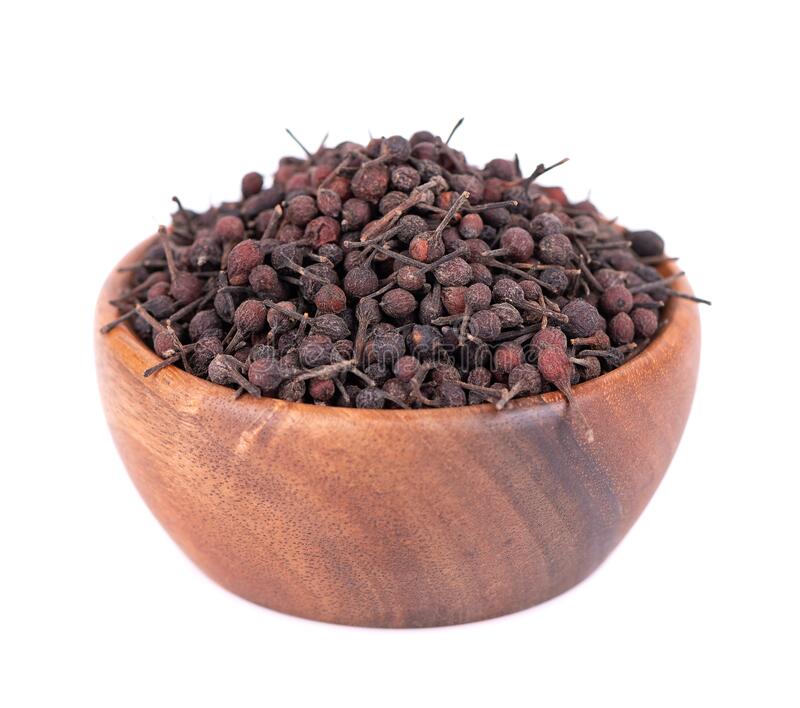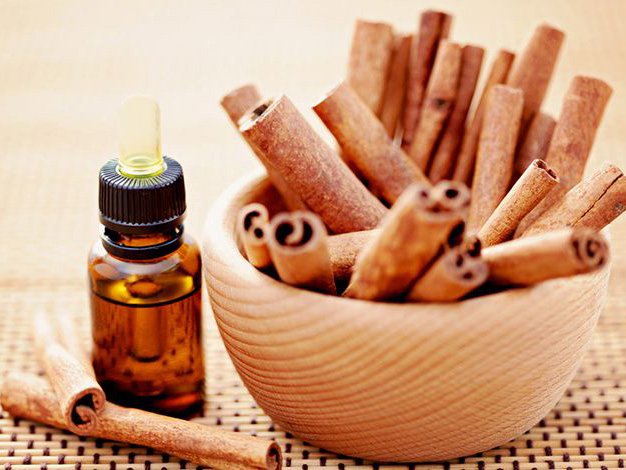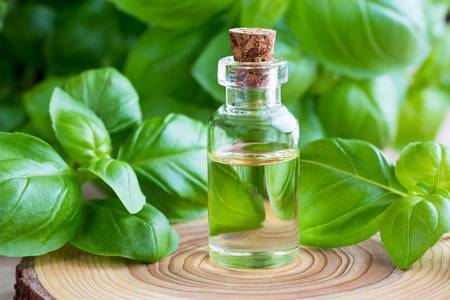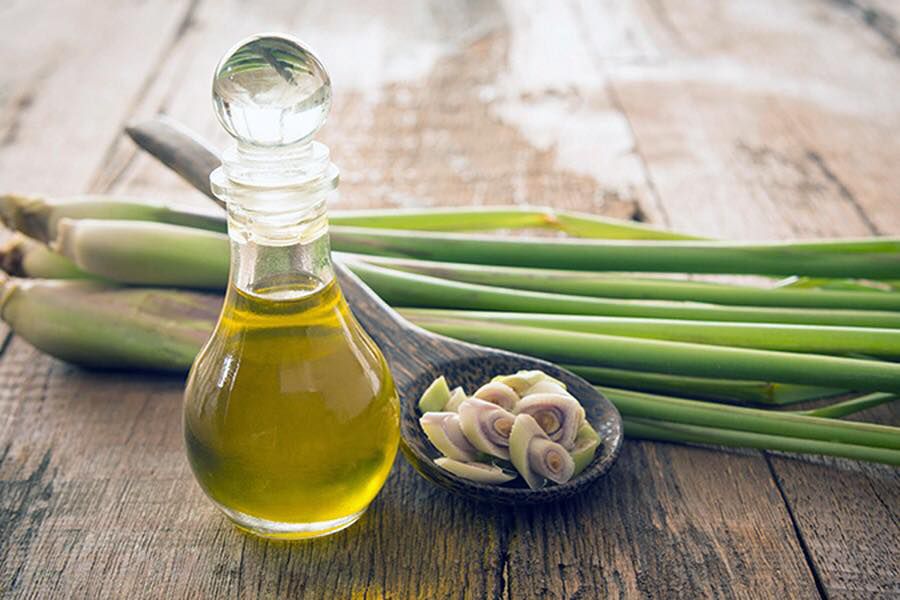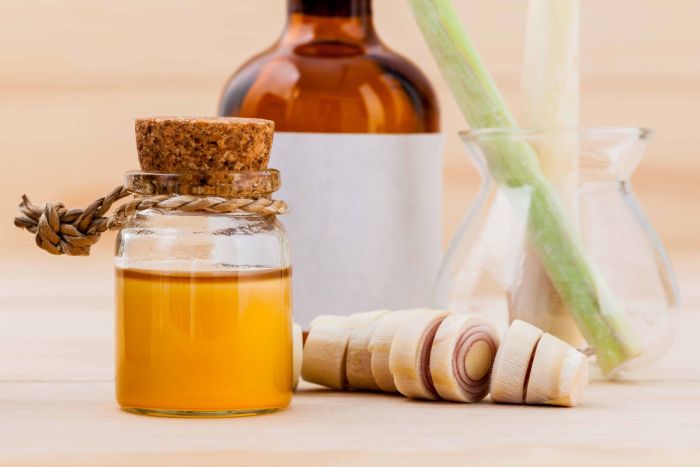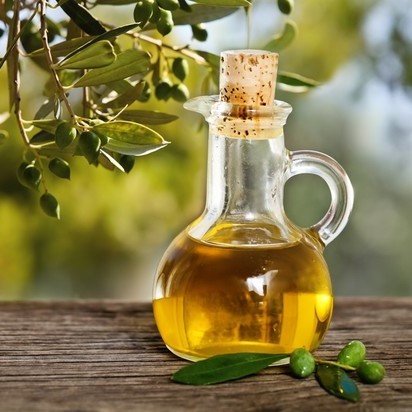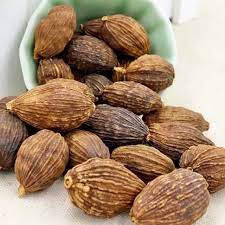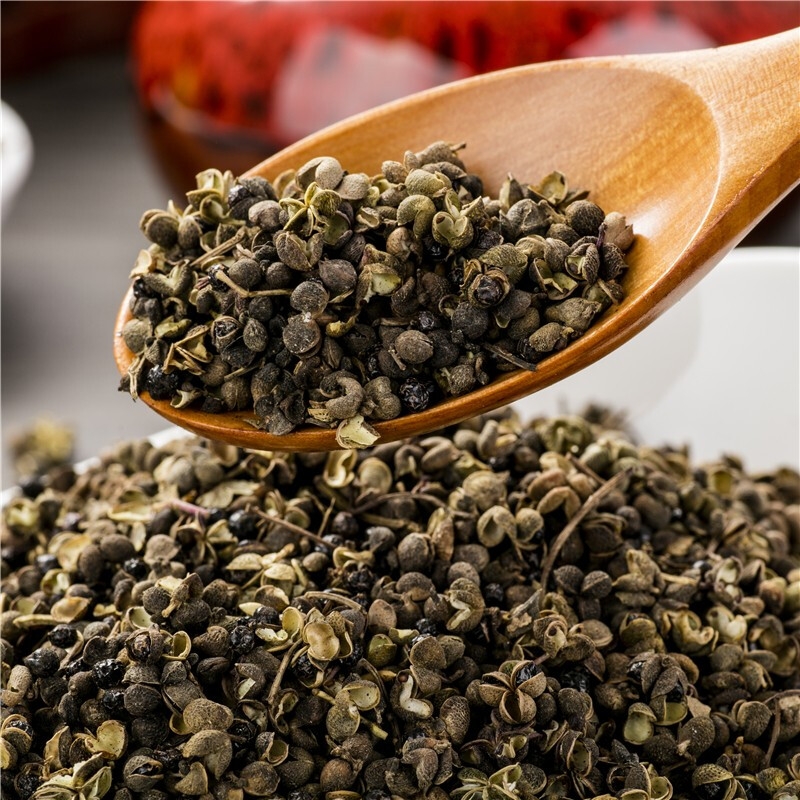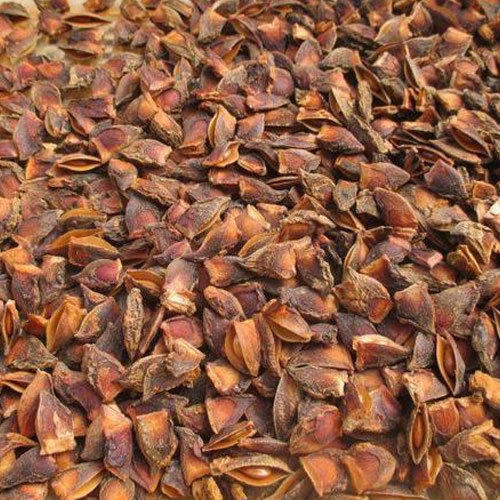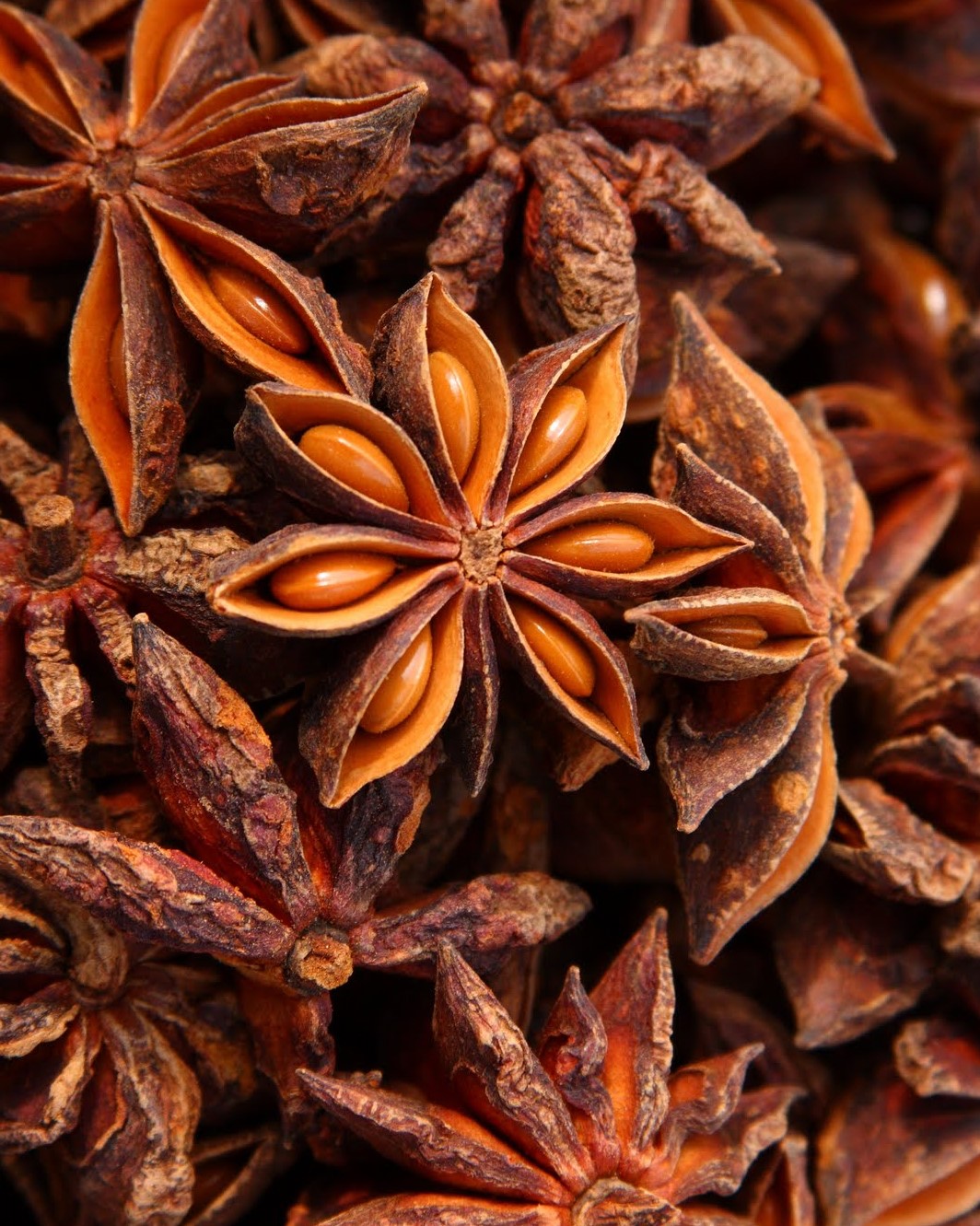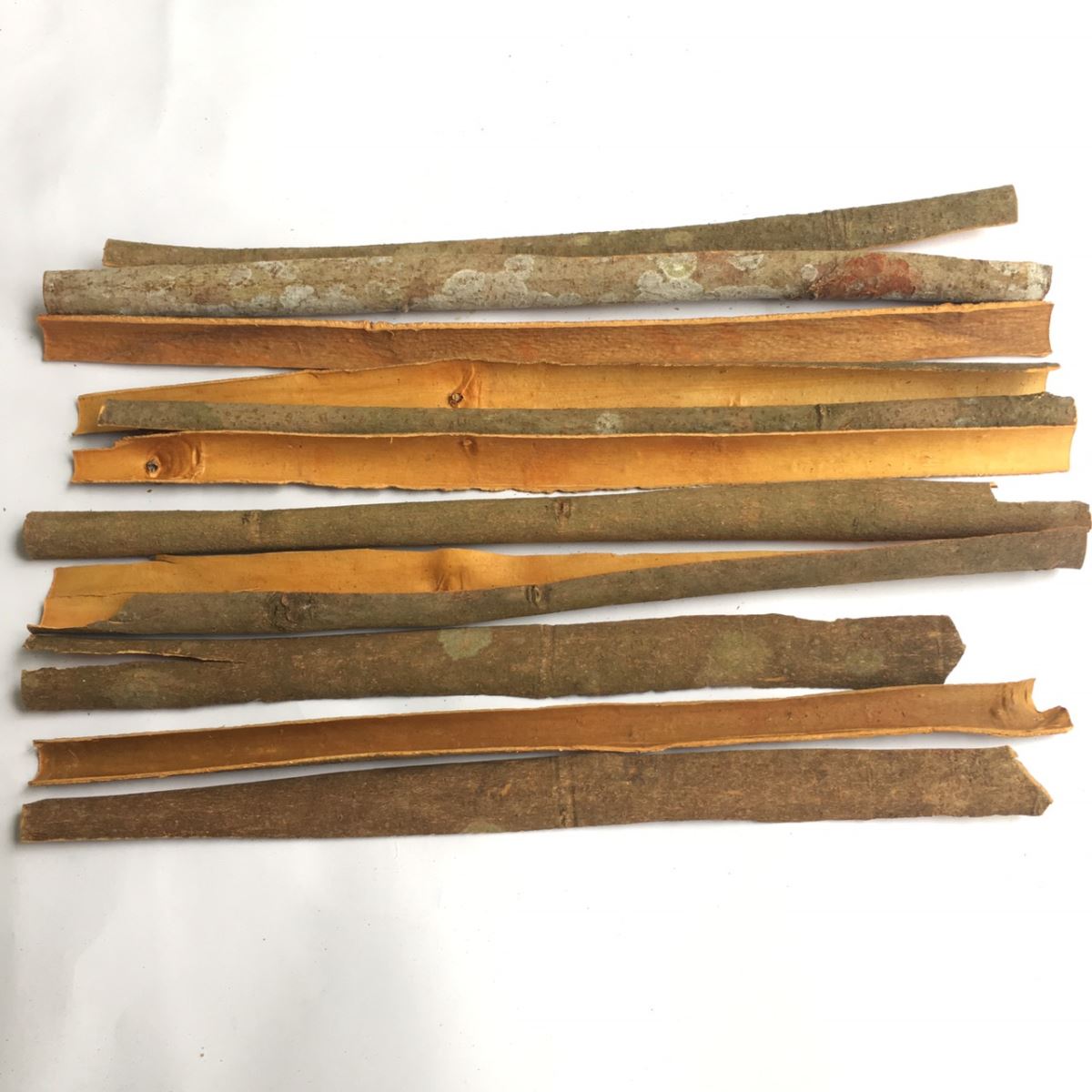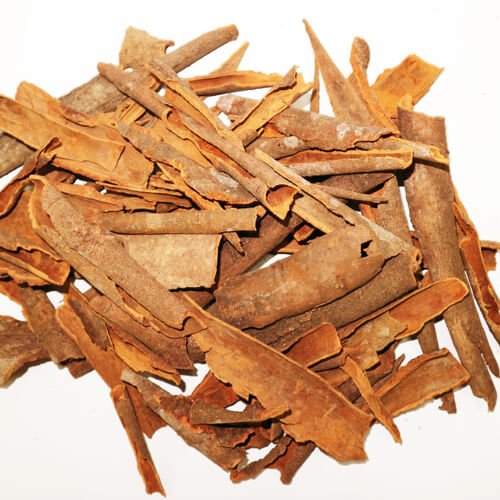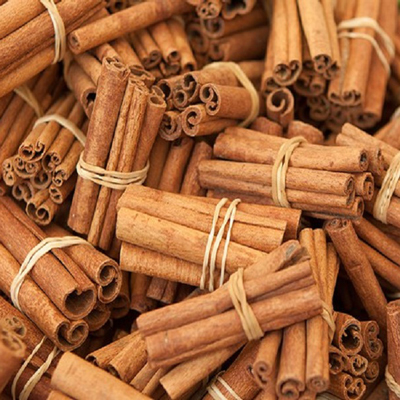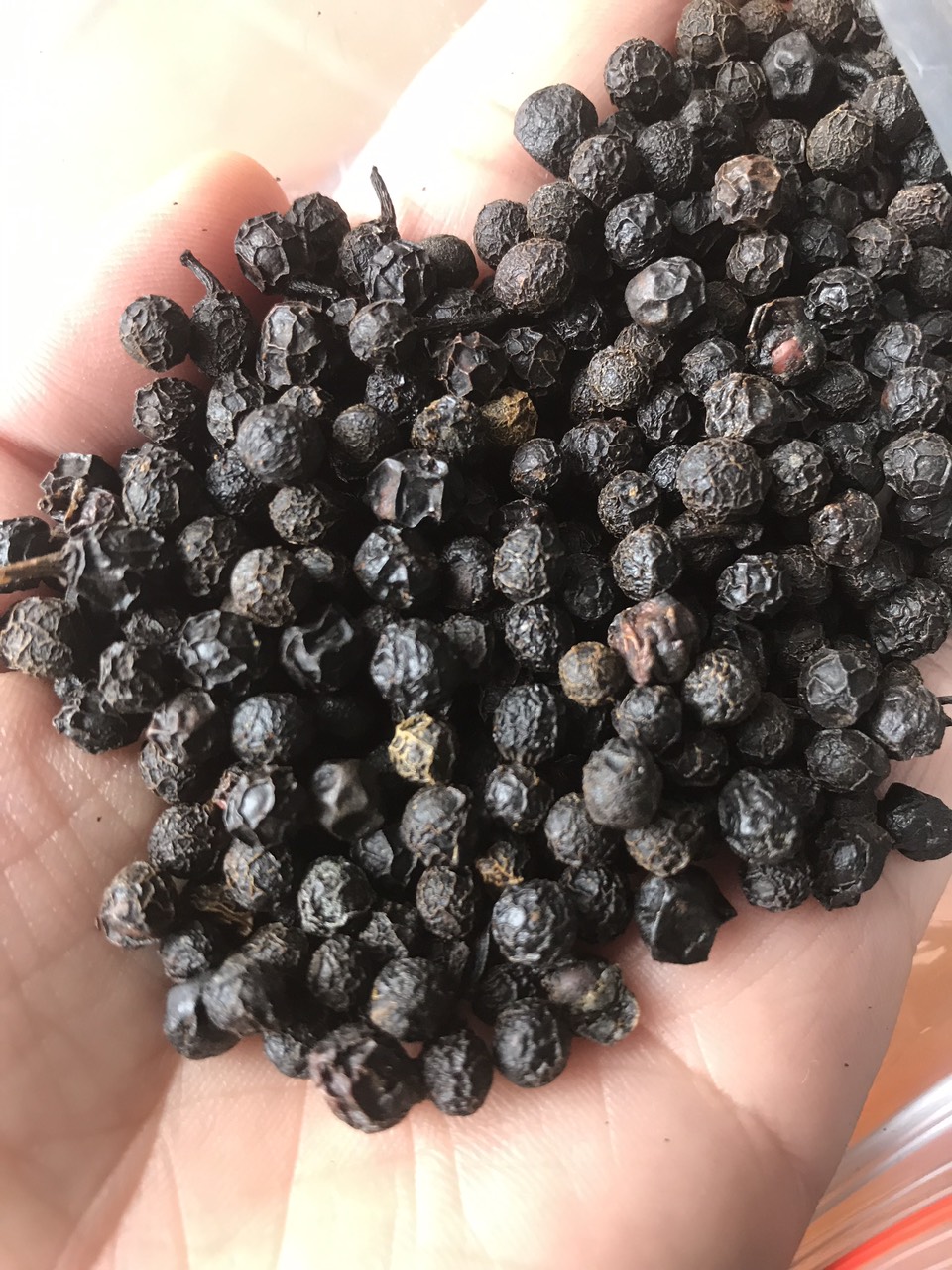
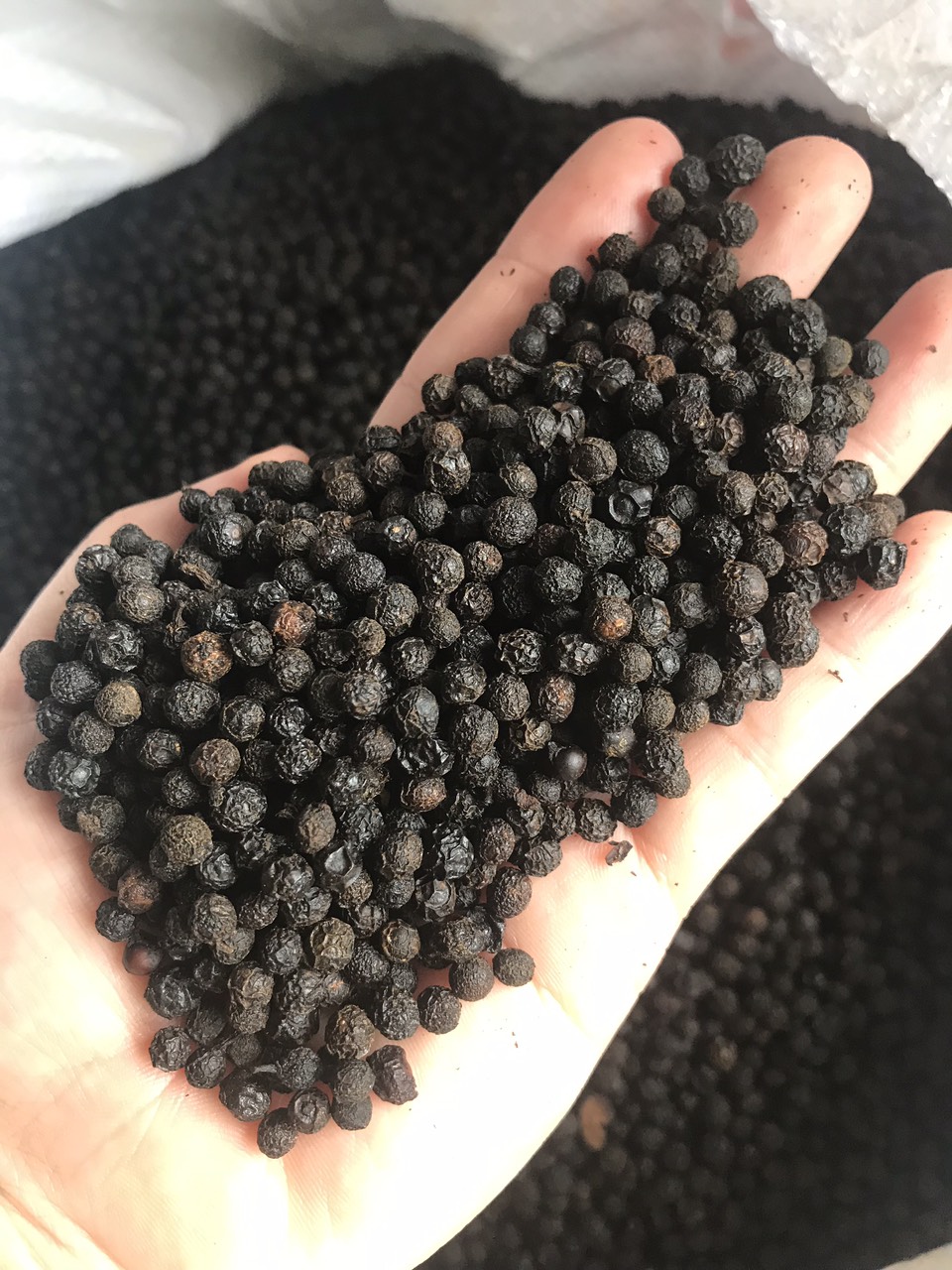
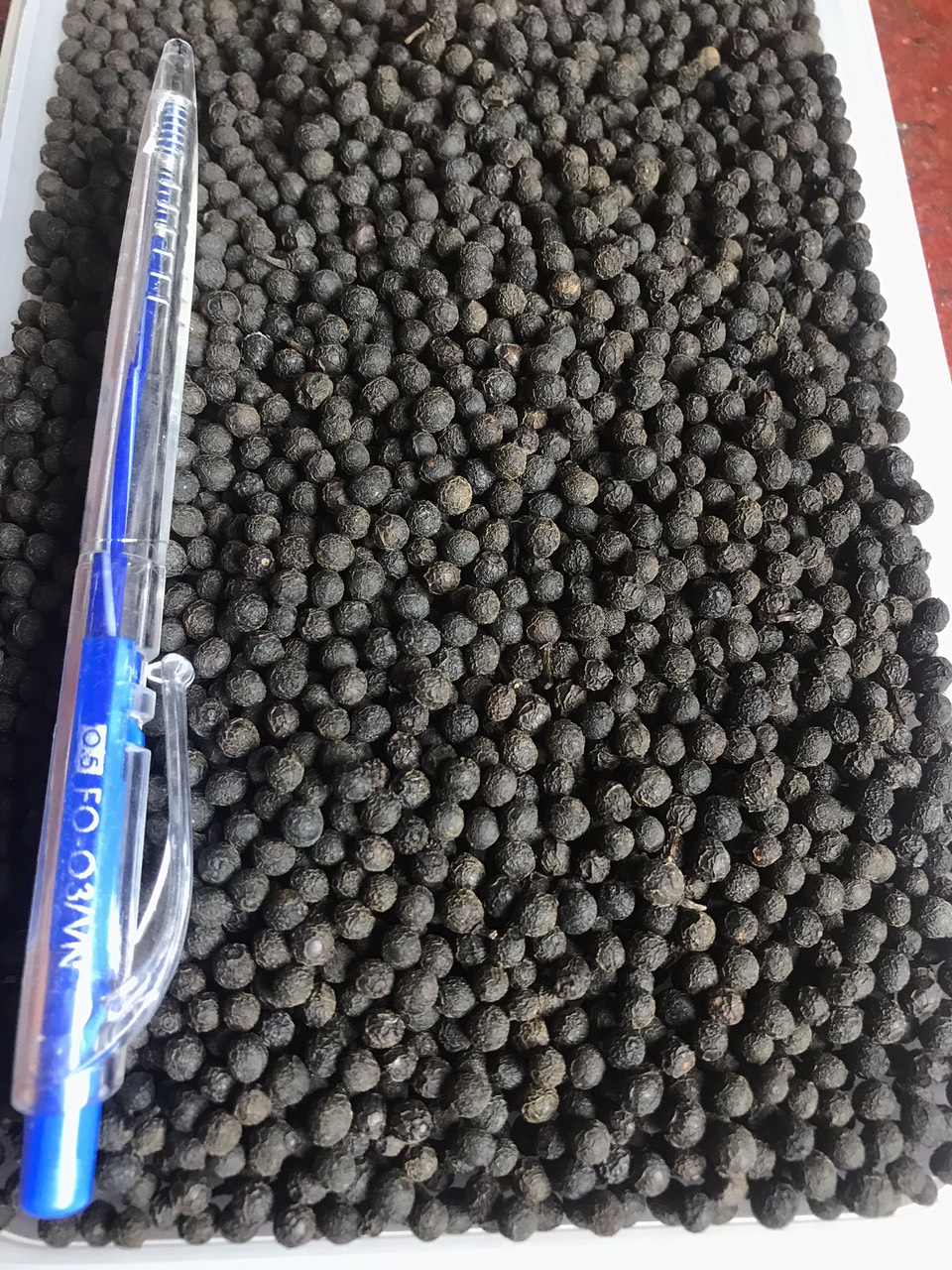
|
The Litsea cubeba fruit we’ve selected grows wild in the forests of North Vietnam. It is harvested in September, when the fruits are picked and sorted by hand. After this labor-intensive process, the berries are dried in the sun and sorted a second time. Listea cubeba pepper is also called Chinese pepper. In Chinese cooking the fresh peppercorns are used to season pickles and salads. The pepper’s essential oils have medicinal properties recognized by both traditional and modern medicine. Its fragrance is also used to scent perfumes and cosmetics. RECOMMENDATIONS Just before using, coarsely crush whole peppercorns in a mortar and pestle. Use to season salad dressings, and raw seafood marinades. |

 Tiếng Việt
Tiếng Việt